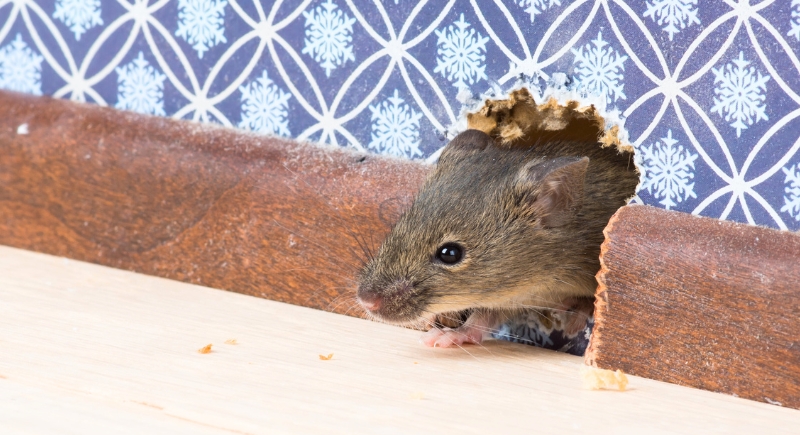Scientists Discover That Male Mice Sing Ultrasonic Songs for Mates
Scientists have uncovered something remarkable about one of the world’s most overlooked creatures. Male mice are not just squeaking in the dark; they produce complex ultrasonic songs to attract mates. These sounds reach frequencies far beyond what humans can hear and form delicate patterns that resemble melody. Each sequence shows rhythm and variation, revealing that even tiny animals express intent, competition, and connection in their own way.
The Secret Language of Mice

Image via Getty Images/ Georgejason
When male mice want to attract a mate, they don’t just walk up and offer a piece of cheese,KL,M as some cartoons will have us think. Instead, they perform a courtship ritual that includes a series of ultrasonic vocalizations (USVs) that females find irresistible. These songs vary in complexity, with some reaching hundreds of syllables.
But here’s the kicker, mice aren’t singing just to sing. The quality and structure of these songs actually serve as biological signals. They tell female mice a lot about the male’s genetic fitness, health, and hormone levels. In other words, a more intricate, complex song might signal a healthier, more genetically fit mate. In turn, females seem to prefer these elaborate serenades, much like humans tend to gravitate toward someone who’s well put together. The better the song, the better the chances of a successful romantic rendezvous.
Interestingly, these vocalizations are not learned. Mice don’t practice their songs over time like birds or humans. Instead, these vocal bursts are instinctively controlled by brain circuits tied to social behavior. Though they can’t learn and modify their tunes, male mice can adjust the pitch and length of their songs depending on their social situation.
When a male mouse catches the scent of a nearby female, his song changes. It grows longer, louder, and more elaborate as he tries to draw her in. Once she comes into view, the tone shifts. The melody shortens and loses its complexity because he no longer needs to perform; the pursuit has begun, and his focus turns from calling to courting.
There’s a Science Behind the Songs
Male mice may not be performing chart-toppers, but their ultrasonic courtship songs are far more than random squeaks. These high-frequency vocalizations are a valuable tool for scientists studying how communication works in the brain. Researchers record and analyze these “songs” to better understand the neural circuits involved in vocal behavior — insights that can also inform studies on human speech and communication.
What makes this research especially interesting is that some of the brain pathways controlling mouse vocalizations resemble those that help humans produce and process speech. While mice do not learn their songs the way humans learn language, the basic mechanisms of sound generation and social communication share important parallels.
Because of this, scientists often use mouse vocal patterns as a model to explore communication challenges linked to neurodevelopmental conditions such as autism spectrum disorder (ASD). In several mouse studies, genetic mutations associated with ASD have been found to alter the frequency, structure, or timing of their ultrasonic calls — offering clues about how changes in the brain might affect social communication.
Researchers emphasize that studying mouse vocalizations won’t directly lead to cures for human conditions, but it provides an essential window into the biology of communication itself. By examining how these tiny mammals “sing,” scientists gain a better grasp of how neural circuits, genes, and social behavior intertwine across species.
Complex Creatures

Image via iStockphoto/irin717
So, next time you see a mouse scurrying across your floor, just know that it might be a little more sophisticated than you think. These tiny creatures, often seen as pests, are making moves in the world of love with their intricate and ultrasonic songs. They’ve got their own version of romance down to an art form, using biology, brain circuits, and a good old-fashioned serenade to woo their mates. And as it turns out, studying these songs can help us learn more about our own communication systems.